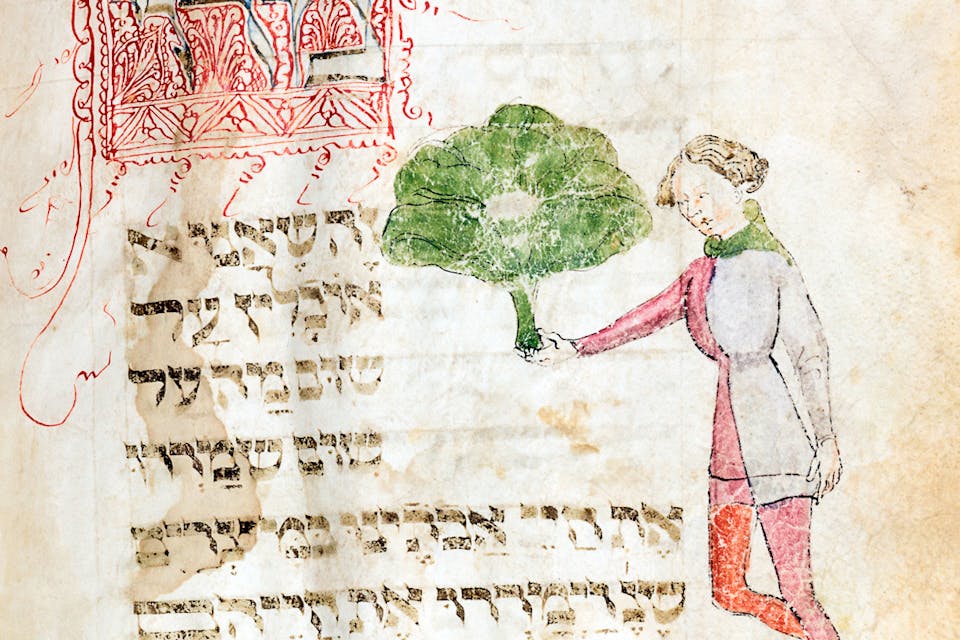
April 23, 2019
On View for the First Time in 100 Years: An Exquisite Medieval Haggadah
A few months ago, I was approached with a request to become involved in a then-secret mission: to examine one of the very few high-medieval Haggadahs still in private hands.
A few months ago, a highly regarded expert in medieval manuscripts approached me with a request to become involved in a then-secret mission. Sandra Hindman is a scholar who—through her Les Enluminures galleries in Paris, Chicago, and New York—aids and guides libraries, institutions, and private individuals in acquiring some of the best and last-surviving products of medieval illuminators and their workshops. To this end, she has issued a series of meticulously researched catalogues describing and interpreting such manuscripts. Although it’s unusual for her to devote one of these catalogues to a single manuscript, this one, Hindman felt, was worthy of the attention. Would I have a look?
I would indeed. A few days later, my assistant Gabriel Isaacs and I set out for Manhattan’s Upper East Side expecting to be shown a charter, a loan contract, a Bible with some Hebrew glosses or annotations, or perhaps a Book of Hours depicting Jews in particularly vicious caricature. Little could we have guessed what awaited us: one of the very few high-medieval Haggadahs still in private hands, and a supremely fascinating one.
I was enthralled, on many counts: by, to be sure, the extreme rarity of this beautifully written and exquisitely illustrated manuscript, and by the air of mystery with which Hindman presented it. But, most of all, I was intrigued by the iconography, the manner in which images in this Haggadah told so many stories: of the biblical exodus; of the contemporary world of its obviously very wealthy patrons; of a particular household in a discrete place and at a specific time in history; and of the dream of a future redemption for the Jewish people.